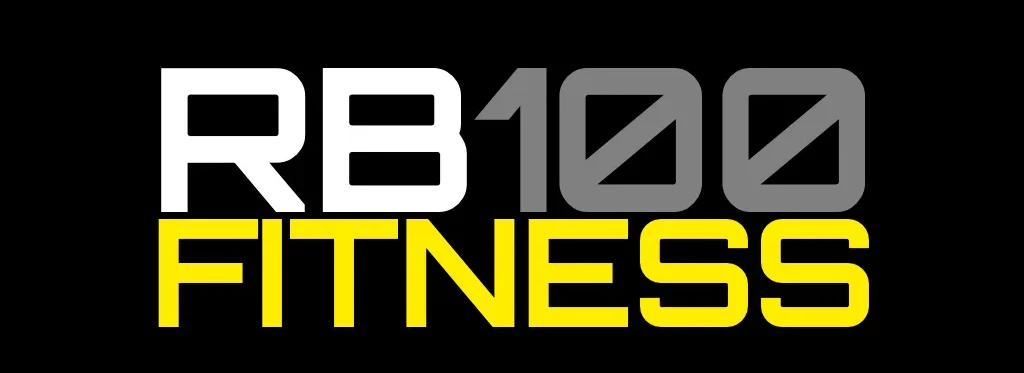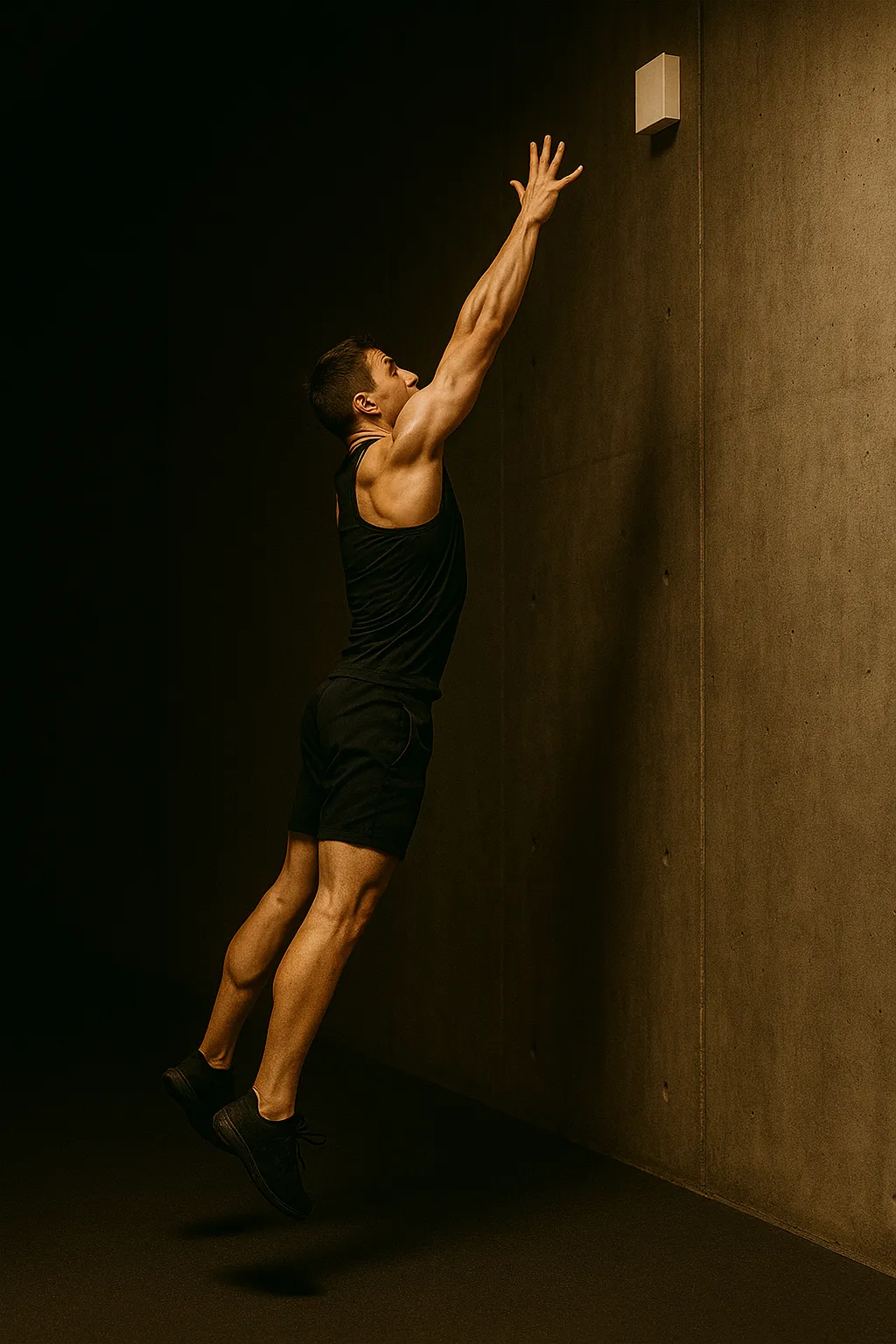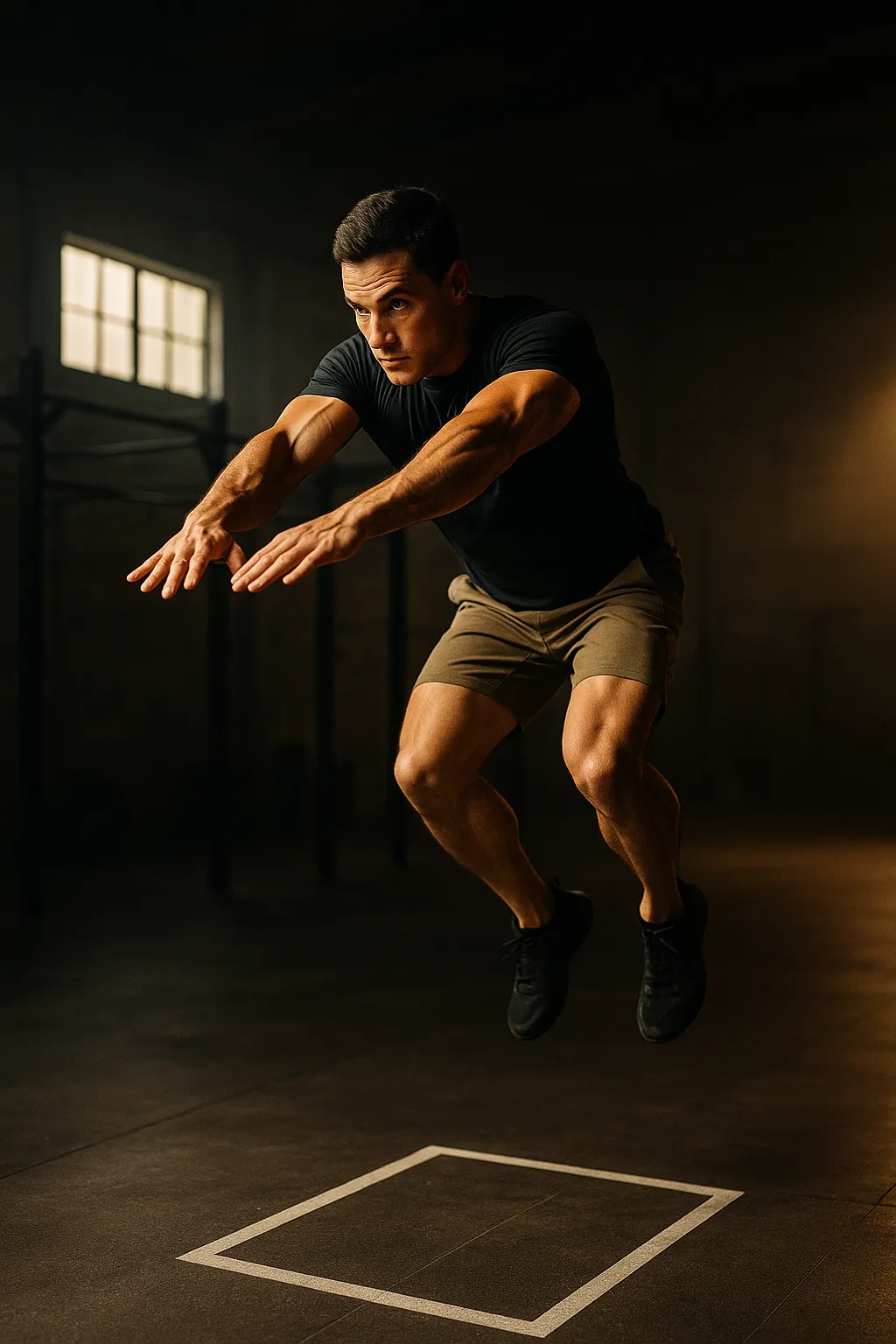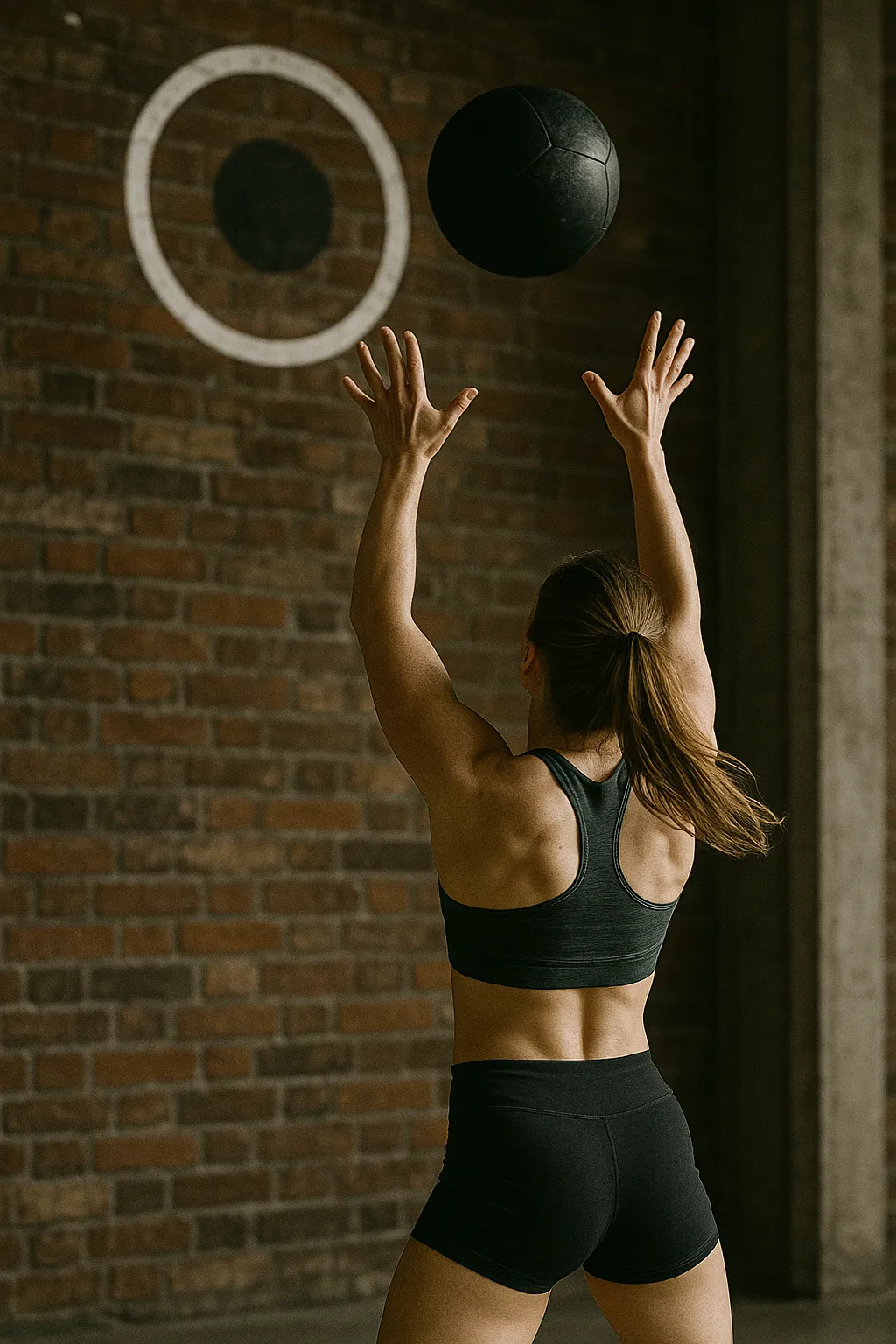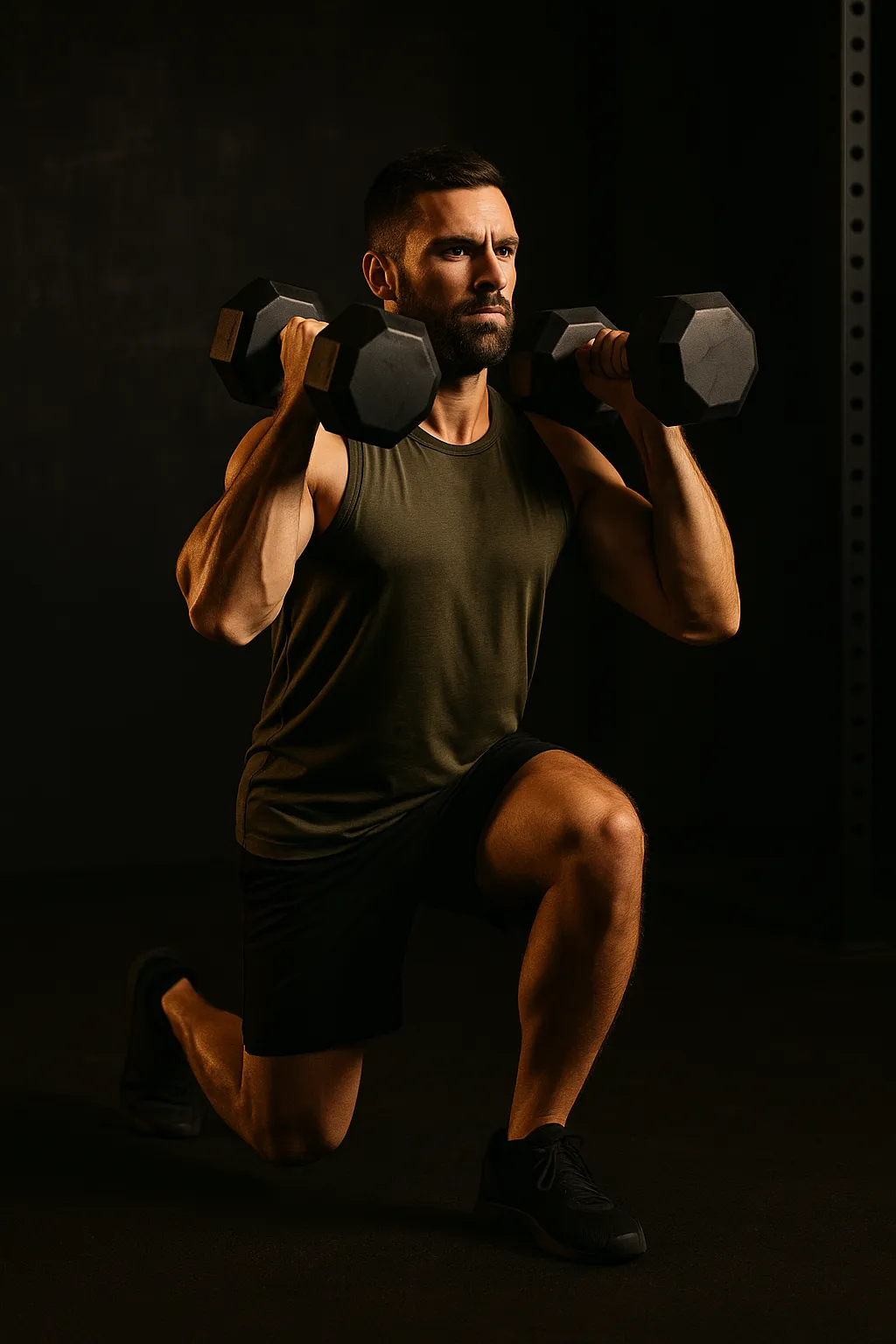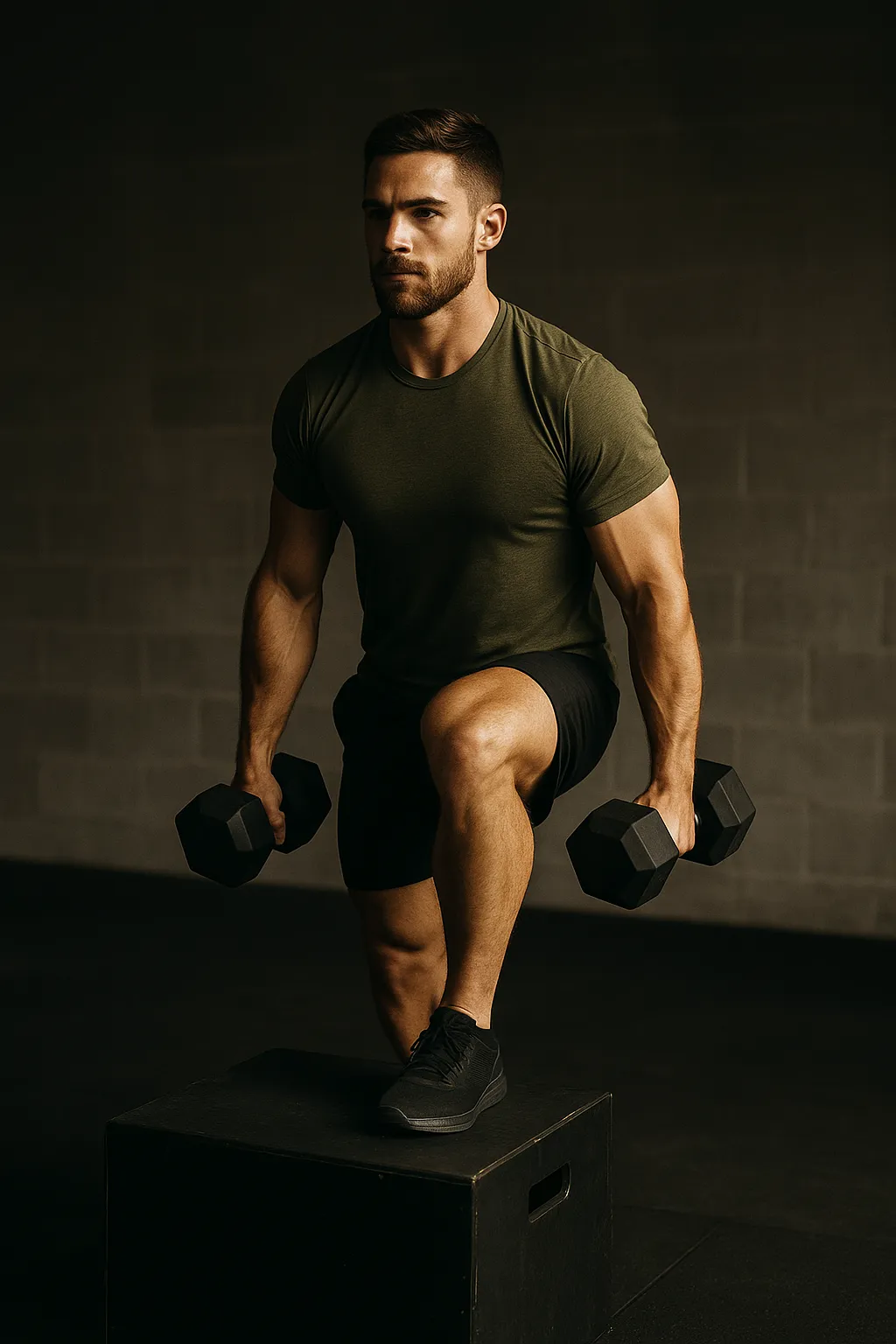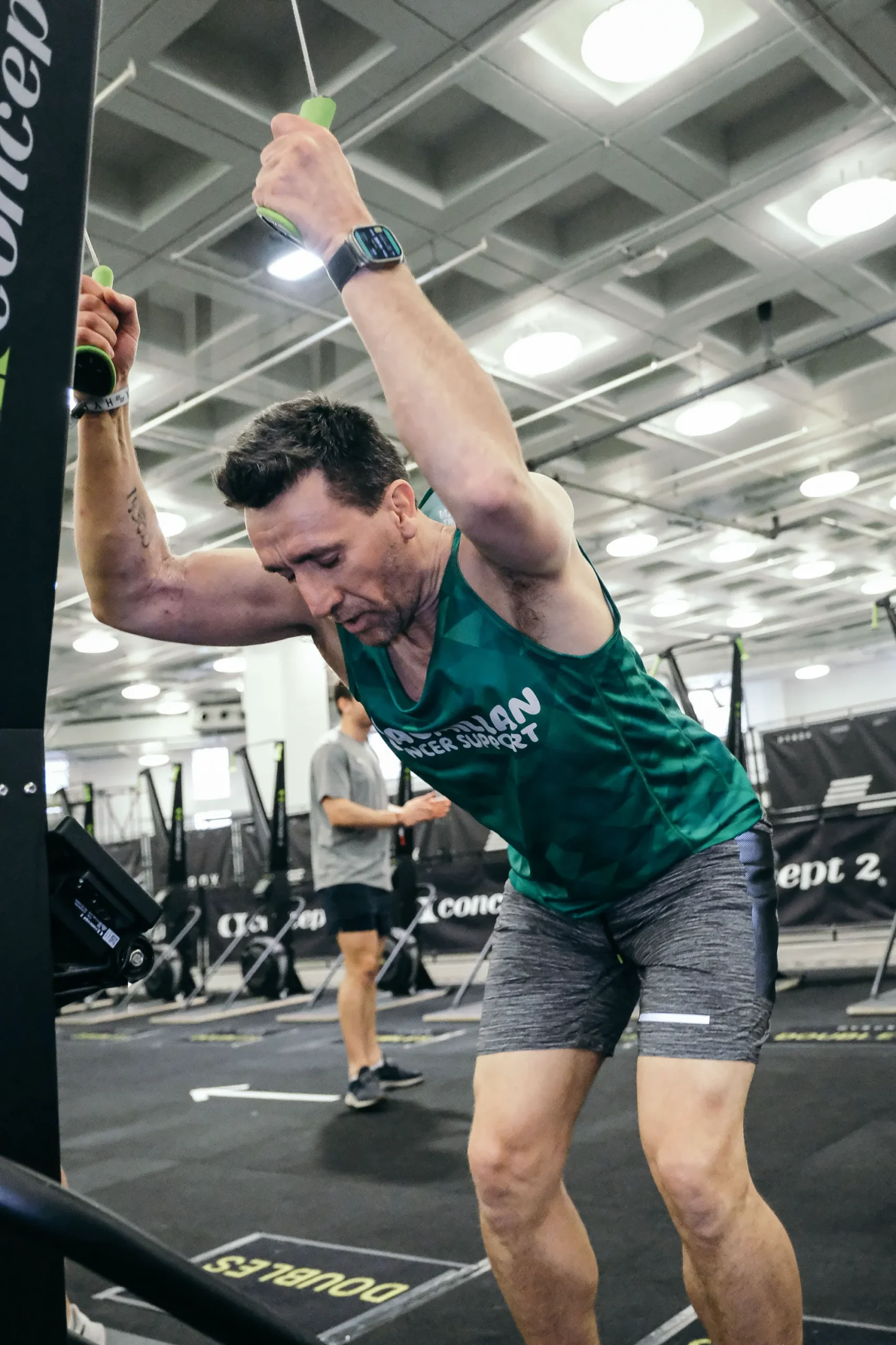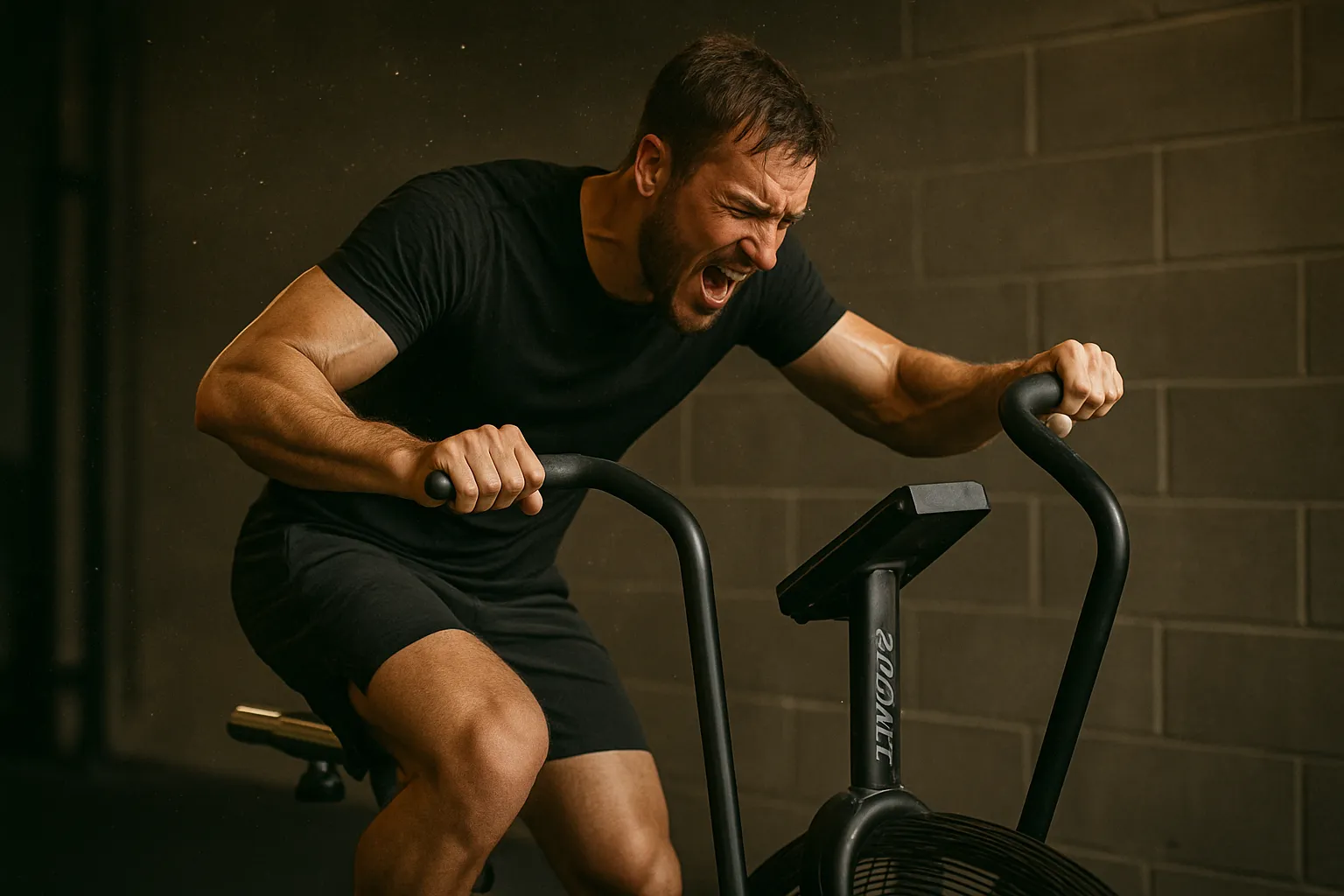Exercise Facts
| Movement Pattern | Conditioning, Slam |
|---|---|
| Muscle Group | Arms, Core, Legs, Shoulders |
| Equipment | Battle Ropes |
| Environment | Gym, Outdoor |
| Skill Level | Beginner, Intermediate |
| Series | — |
Overview
Battle ropes are a versatile conditioning tool that combine strength, endurance, and coordination. By gripping two heavy ropes anchored to the floor and creating waves or slams, athletes engage the arms, shoulders, core, and legs simultaneously. This makes battle ropes an excellent tool for high-intensity interval training (HIIT) and metabolic conditioning.
Setup involves standing in an athletic stance with feet shoulder-width apart, knees slightly bent, and core engaged. Grasp the rope ends and create alternating or double waves by rapidly moving the arms. Variations like side-to-side waves, power slams, or circles increase variety and train different muscle groups.
Battle ropes are effective for improving cardiovascular capacity without the impact of running. They also challenge grip strength and shoulder stability, making them a valuable accessory in functional training. Programming can include short bursts (20s work, 40s rest) or longer intervals. RB100 athletes might attempt 100 total rope slams as a challenge.
Common errors include slouching posture, using only the arms, or going too heavy too soon. Keeping the core braced, using the hips, and breathing steadily prevents fatigue.
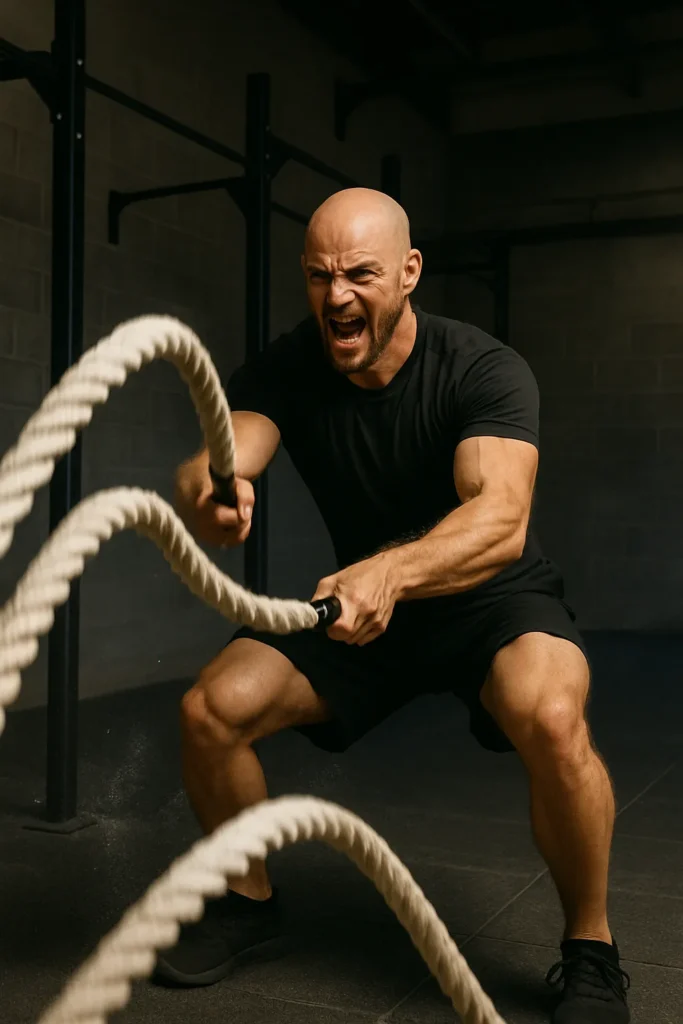
Setup (Steps)
Anchor ropes, athletic stance, grip ends.
Execution (Steps)
Move arms to create waves or slams.
Coaching Cues
“Brace core.” “Use hips.” “Breathe steady.”
Common Faults & Fixes
Slouching → tall chest.
Arms only → engage whole body.
Too heavy → scale down rope.
Programming Ideas
10×20s intervals;
100 rope slams for time.
Variations
Alternating waves, circles, power slams.
Regressions
Shorter ropes, slower tempo.
Standards & Competition Notes
Ropes move consistently; full range motion.
Safety Notes
Protect lower back with bracing.
